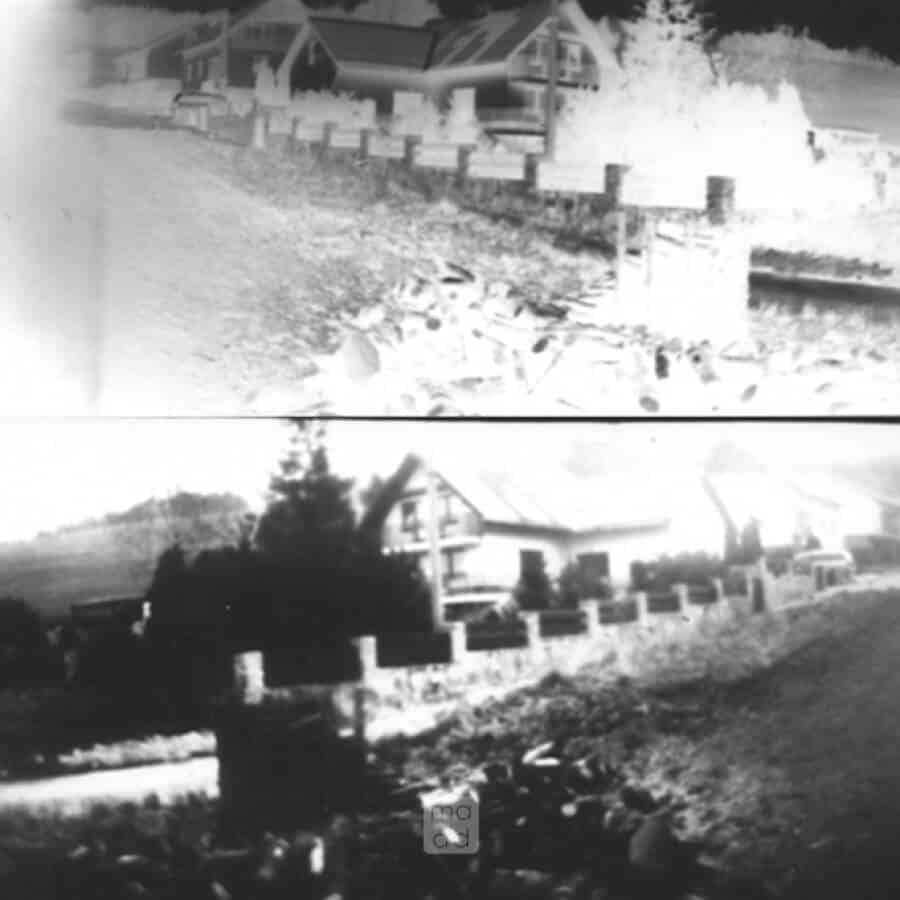In the era of advanced digital photography, the concept of analog photography seems quite unimaginable and slow, specially when everything needs to be posted at once. Except for those for whom the old-fashioned way of taking photographs has a special meaning and beauty, it seems unlikely that analog would ever make a big comeback.
It is illuminating, though, to take a trip back to the phase that came one step before the camera itself.
The camera obscura was most commonly used by painters to transfer a painted scene onto their canvases. By an essentially primitive system, a scene was projected through a pin hole in a screen to the other side of a screen to form a reversed and inverted image (viz. the picture).
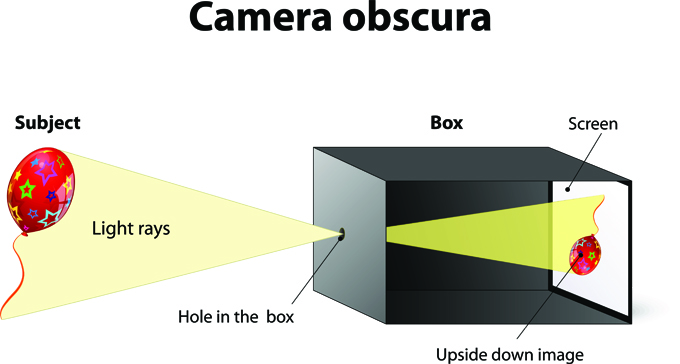
The next logical step was to introduce a light-sensitive material, make an exposure, and develop first a “negative”. Placing this “negative” on another sensitive paper and exposing it in a dark room to all the necessary steps of developing and stabilizing produced a picture made with a primitive machine such as, for example, a shoe box.
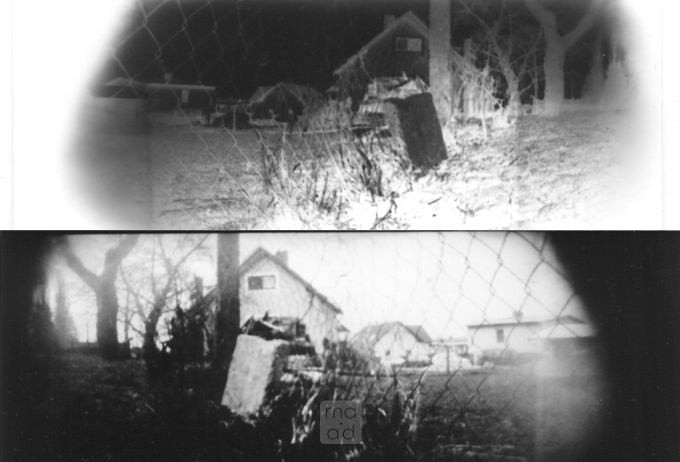
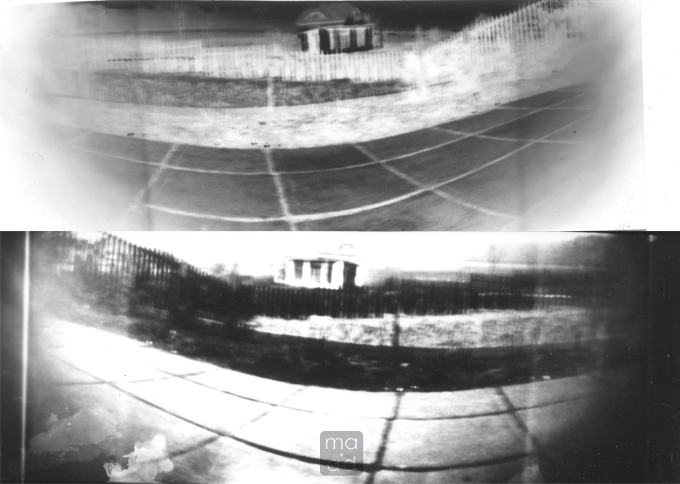
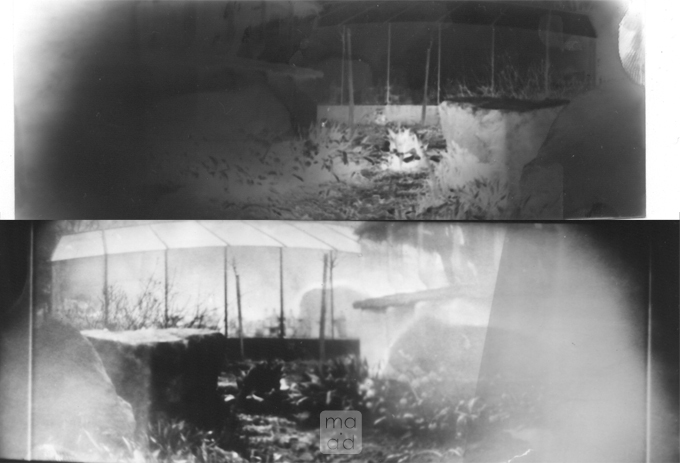
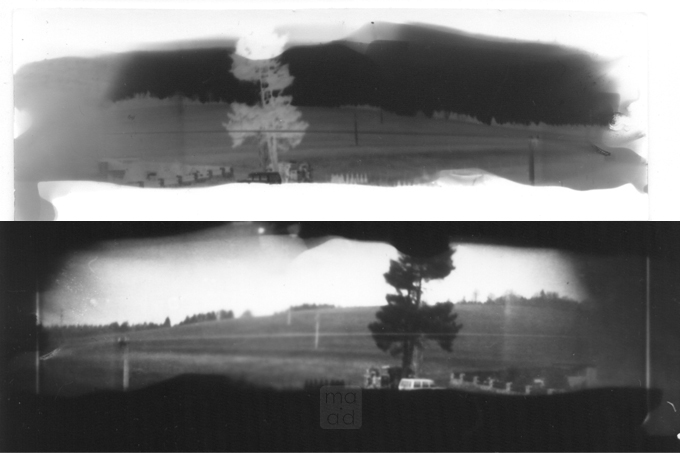
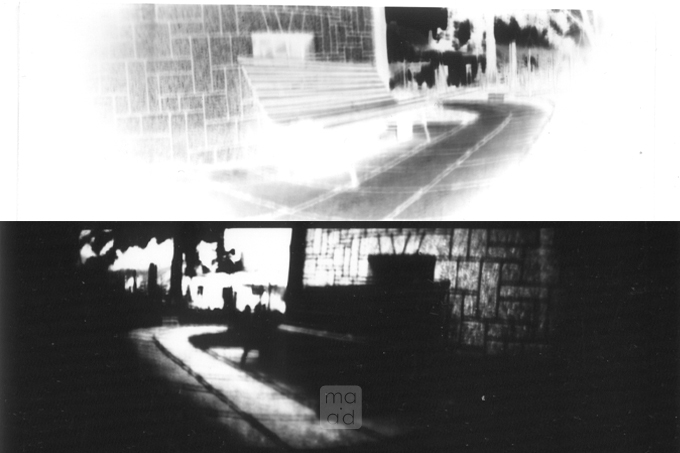
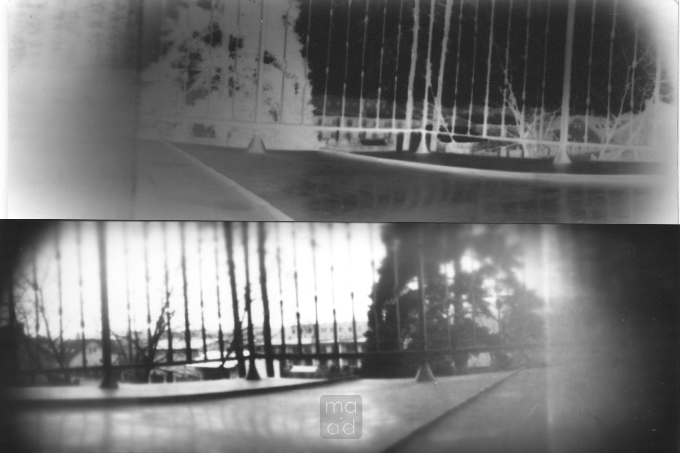
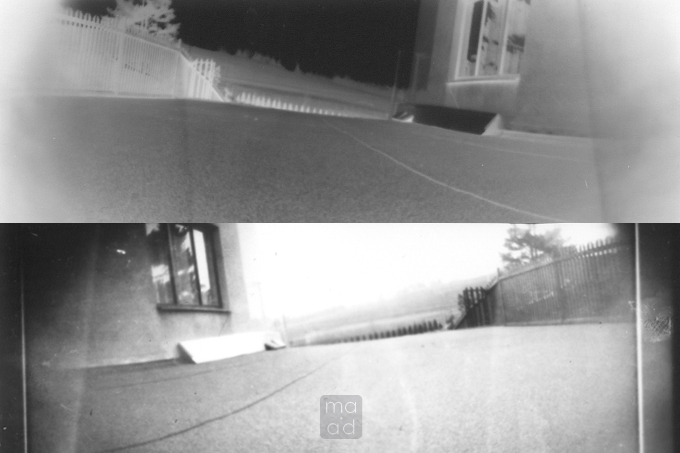
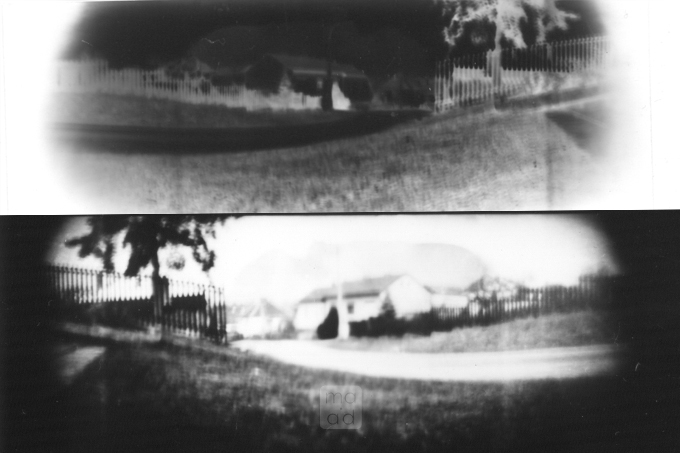
Photos from Camera Obscura made from the carton box: Martina Advaney (Exposition appx. 5 – 7 min)
Discover more about balance, composition, and geometry in photography here.
Support us!
All your donations will be used to pay the magazine’s journalists and to support the ongoing costs of maintaining the site.
Share this post
Interested in co-operating with us?
We are open to co-operation from writers and businesses alike. You can reach us on our email at [email protected]/[email protected] and we will get back to you as quick as we can.
